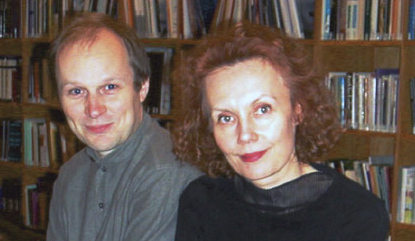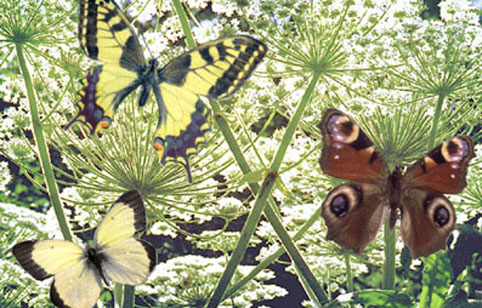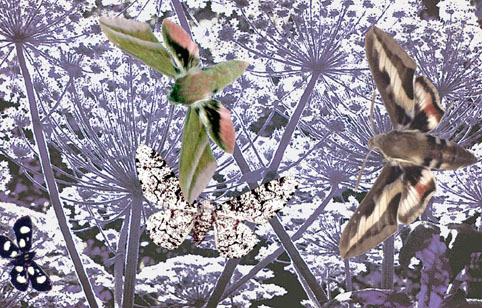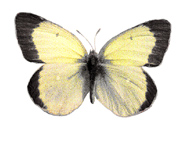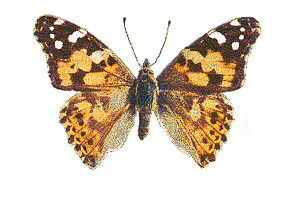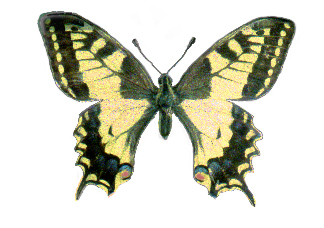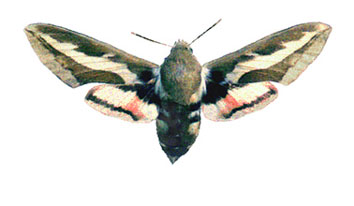|
|
|
|
Kaija
Saariaho and Anssi Karttunen started their
working together in the early 1980's and
their collaboration has been the origin of
one of the most important bodies of work
for cello of the 20th century. Apart
from five pieces for solo cello, Saariaho
has written four concertante works and
numerous chamber music pieces. Anssi
Karttunen was involved in the world
premieres of most of these
pieces. This
collaboration is a living proof of how an
interpreter and composer can grow together
pushing each other into directions that
would have been unimaginable in other
circumstances. The
most recent additions to this repertoire
are the Cello Concerto "Notes on Light"
(2006) and "Mirage" (2007) for Soprano,
Cello and Orchestra. Solo
cello: "Près"
(1991), for cello and live
electronics. Près
for solo cello and electronics emerged at
the same time as Amers, a concerto for
cello and chamber orchestra. The musical
material in the two works is to a large
extent the same. Given the very different
means of implementing the material,
however, the only identical elements are
certain parts for the solo instrument and
few of the electronic sound material. In
terms of form and dramatic structure the
pieces are strikingly different. Both were
produced at IRCAM, and the electronic
component is very important in each case.
In Près the electronics continue
and expand the musical gestures of the
solo
instrument. "Spins
and Spells" (1997), for cello
solo The
title of this piece refers to the two
gestures that are the basis of the piece:
on one hand the motives I call "Spins",
turning on themselves or going through
transformations and, on the other hand,
timeless moments, centered on colors and
sound
textures. "Sept
Papillons" (2000), for cello
solo "Sept
papillons" was the first piece Saariaho
wrote after her opera "L'Amour de loin" ,
it was written during the rehearsal period
of the opera in Salzburg. One can sense
the desire to find a world which has
nothing to to do with the opera neither in
style nor in language. From the metaphors
of the opera which all have an eternal
quality - love, yearning and death - she
moved now to a metaphor of the ephemeral:
butterfly. Still, the opera is present in
one or two melodic passages of the
piece. Also,
from the long time-spans of the opera she
moved to these seven miniatures, which
each seem to be studies on a different
aspect of fragile and ephemeral movement
that has no beginning nor
end. "Sept
papillons" was commissioned by the Rudolf
Steiner foundation and was first performed
in Helsinki in September
2000. "Etincelles"
(2007), for cello solo "Etincelles"
was written as a 30th birthday present for
the French cellist Alexis Descharmes, who
celebrated his birthday by performing 30
new pieces for cello in the Cité de
la Musique in Paris. This short piece has
30 measures which come more or less
directly from the second movement -"On
fire" - of "Notes on light" .While it
obviously is strongly related to the
original piece it also has its own
personality beyond a simple birthday
tribute. |
